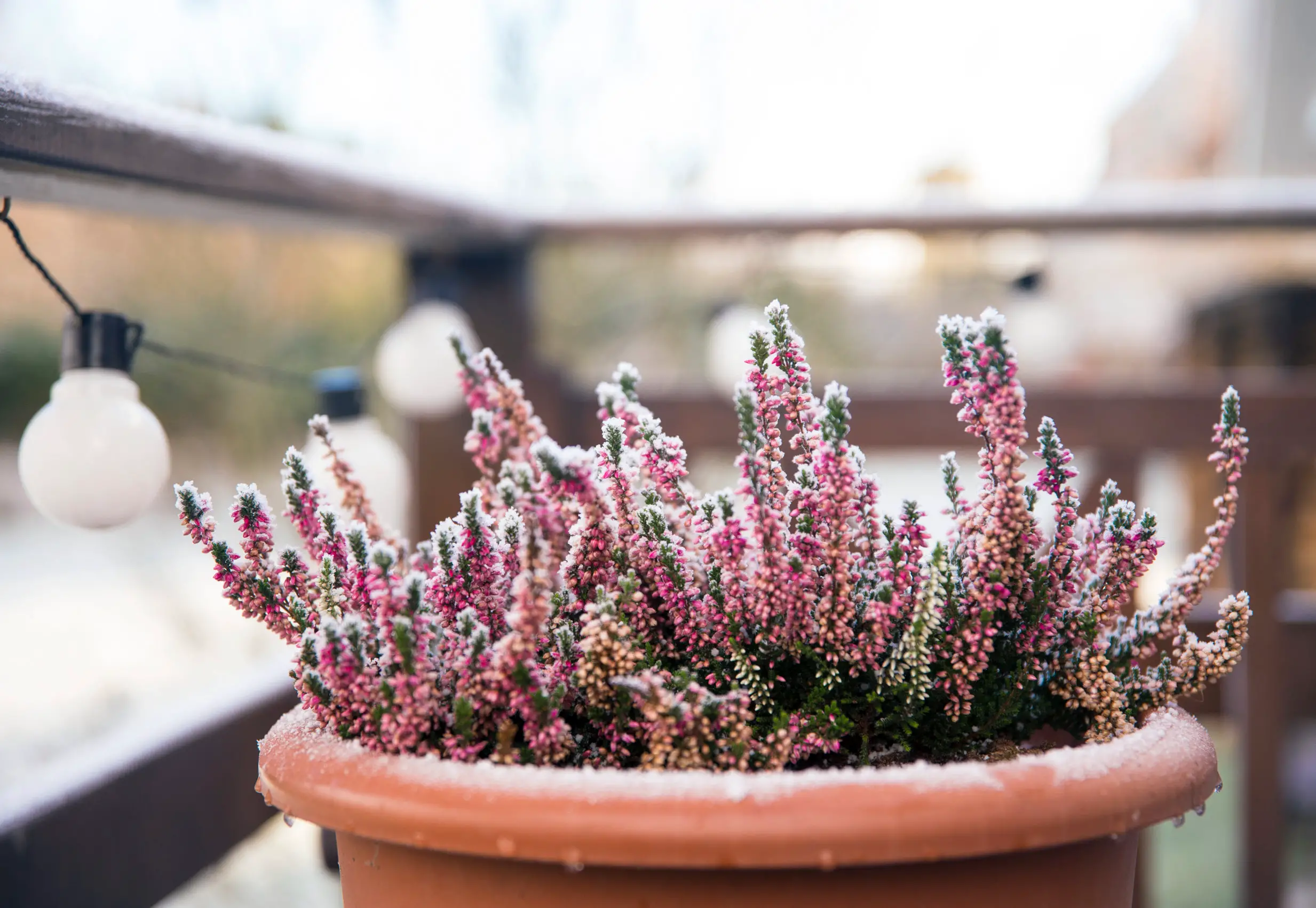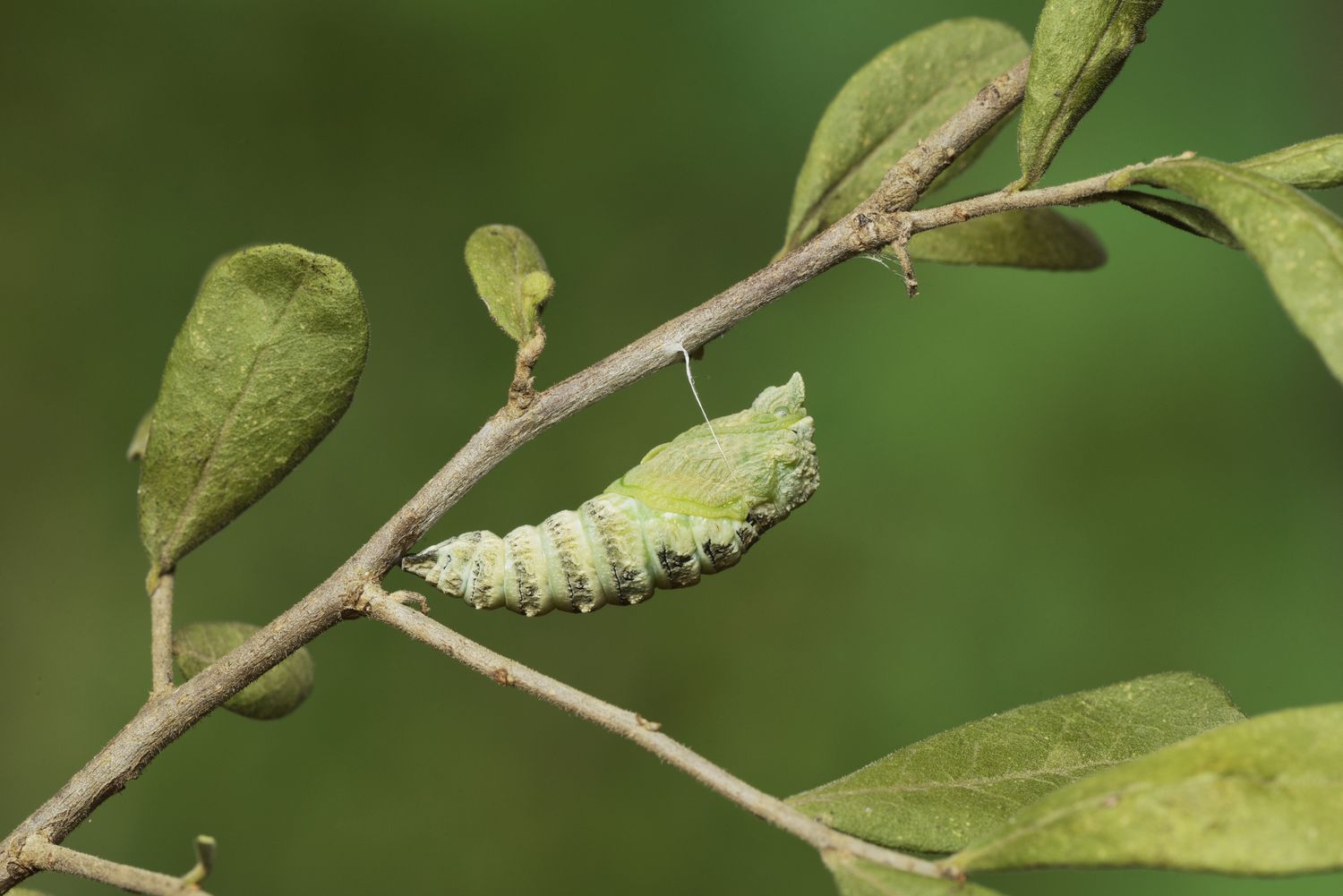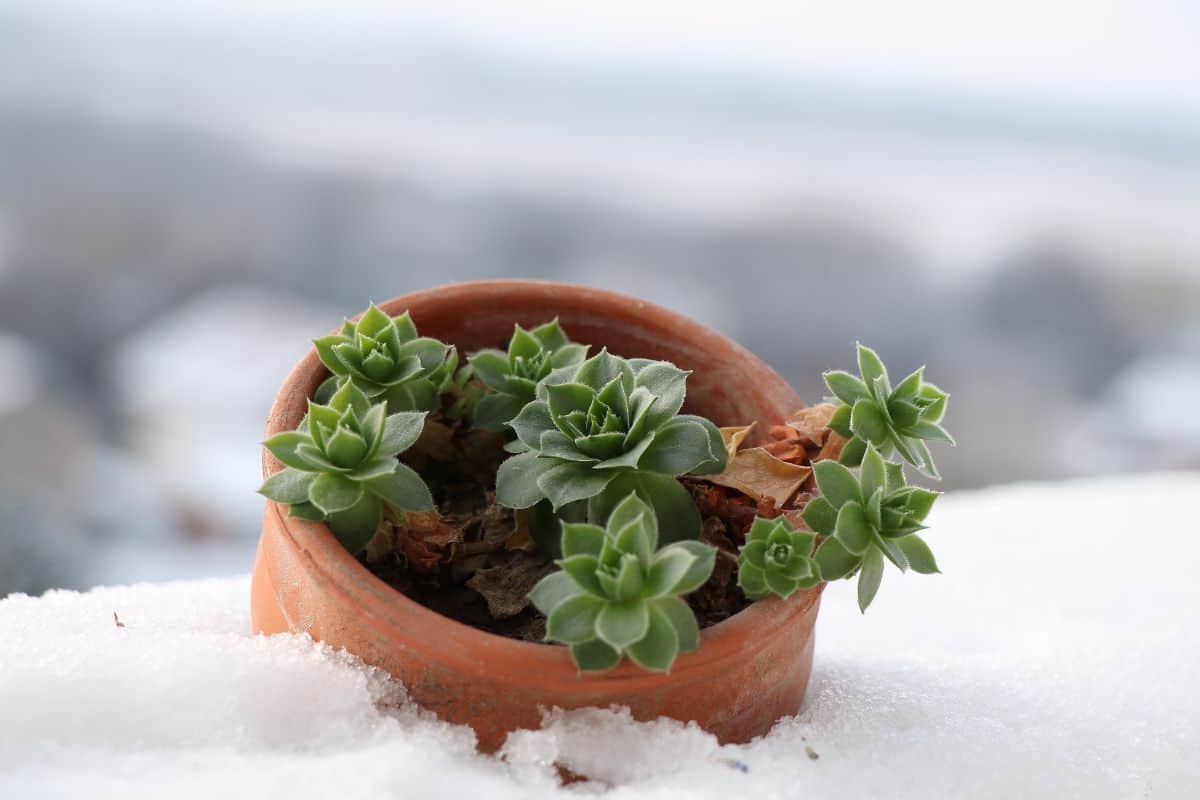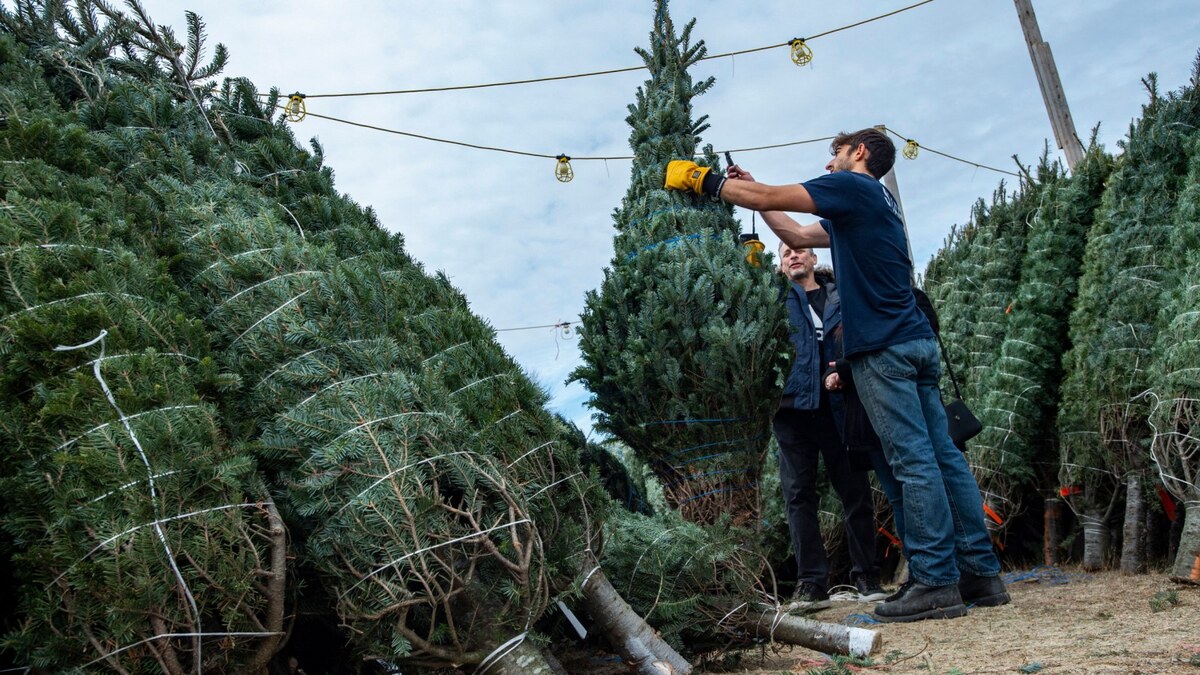Home>Gardening Techniques>Seasonal Gardening>Where Do All The Insects Go In Winter
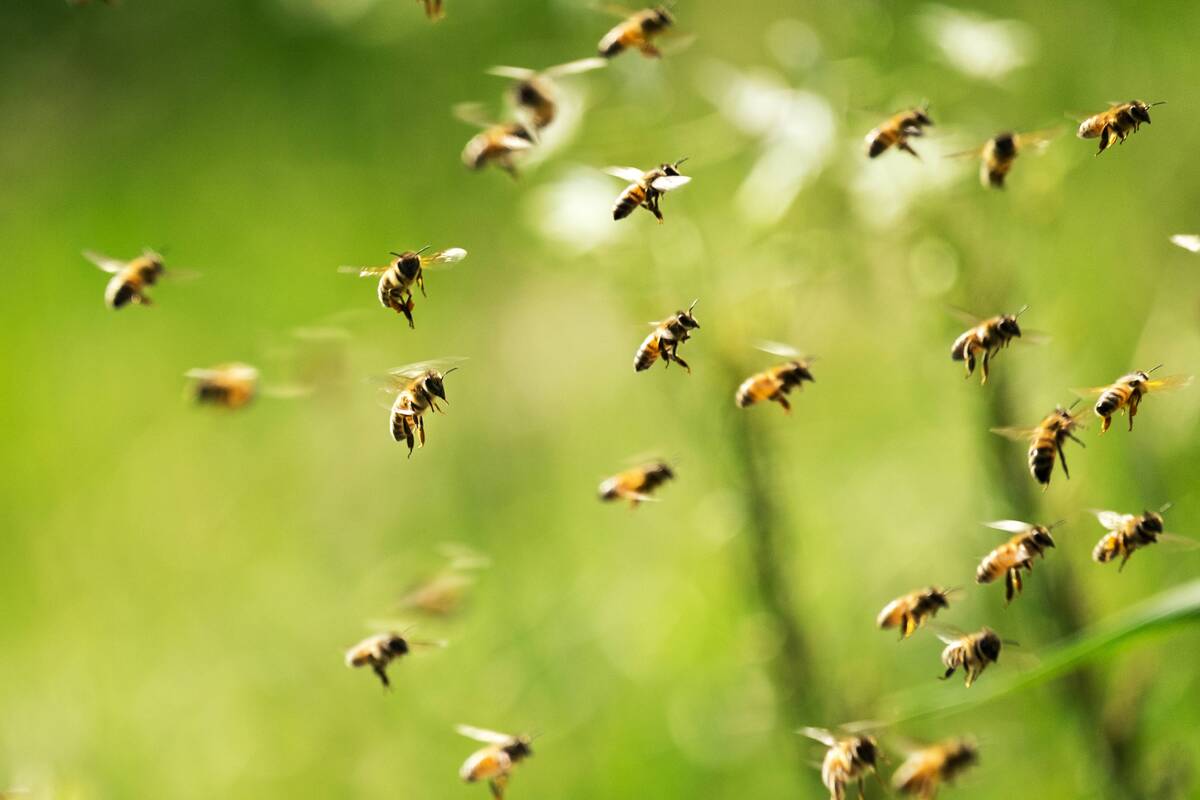

Seasonal Gardening
Where Do All The Insects Go In Winter
Modified: January 22, 2024
Discover the secret life of insects in winter. Learn how seasonal gardening affects their habits and find out where they seek shelter during the colder months.
(Many of the links in this article redirect to a specific reviewed product. Your purchase of these products through affiliate links helps to generate commission for Chicagolandgardening.com, at no extra cost. Learn more)
Table of Contents
Introduction
As the vibrant colors of autumn fade away and the cold winter sets in, the once bustling gardens become quiet and still. The flowers wither, the leaves fall, and the landscape seems to enter a state of dormancy. But what happens to all the insects that were once buzzing around, pollinating flowers, and munching on leaves?
Winter poses significant challenges for insects, as they are ectothermic organisms relying on external sources of heat to regulate their body temperature. Many insects have evolved fascinating strategies to survive the harsh winter conditions and ensure the continuity of their species.
Understanding what happens to insects during winter is not only fascinating but also relevant for gardeners and nature enthusiasts. It allows us to appreciate the intricate connections within the ecosystem and provides insight into the seasonal cycles that shape our gardens.
In this article, we will explore the various ways insects adapt to winter, including migration, hibernation or dormancy, burrowing and sheltering, overwintering as eggs, larvae, pupae, or adults. We will also touch upon the unique challenges faced by tropical insects in their quest for winter survival. So, let’s dive into the world of winter survival strategies of insects and discover the hidden marvels that unfold amidst the serene winter landscape.
Insect Migration
Migration is not just a phenomenon observed in birds; many insect species also embark on remarkable journeys to escape the harsh winter conditions. These long-distance travelers navigate across vast distances in search of warmer climates.
But how do these tiny creatures manage such incredible feats of navigation? Scientists believe that insects use a combination of celestial cues, magnetic fields, and landmarks to guide their travels.
One well-known example of insect migration is the monarch butterfly. These delicate creatures undertake an epic journey spanning thousands of miles from their summer breeding grounds in North America to their wintering sites in Mexico. Monarchs rely on a built-in biological compass that allows them to sense the Earth’s magnetic fields and maintain a consistent direction during their migration.
In addition to butterflies, many other insects, such as dragonflies, beetles, and even some species of moths, engage in seasonal migrations. These migrations not only ensure the survival of the individuals but also contribute to the dispersal of genetic diversity and the establishment of new populations.
Migration offers insects the opportunity to find more favorable conditions, including abundant food sources and suitable temperatures. By escaping the freezing temperatures of winter, these migrant insects can fulfill their life cycles and return to their breeding grounds in the spring to start the cycle anew.
While migration is an incredible strategy for survival, it is important to note that not all insect species are capable of undertaking long-distance journeys. Some species simply lack the physiological adaptations or the energy reserves to sustain themselves during such demanding migrations. For these insects, other survival strategies come into play.
Hibernation or Dormancy
Insects that are unable to migrate rely on another remarkable survival strategy to endure the winter months: hibernation or dormancy.
Hibernation, also known as diapause, is a state of prolonged inactivity in which an insect’s metabolic rate decreases significantly. This allows them to conserve energy and survive periods of cold temperatures when food sources are scarce. During hibernation, insects often seek out protected locations such as leaf litter, tree bark, or underground burrows.
One well-known hibernator is the ladybug, or ladybird beetle. In autumn, ladybugs gather in large clusters on trees, rocks, or buildings to overwinter. They release chemicals that attract other ladybugs, forming a tight-knit group that provides insulation and protection from predators. This communal hibernation increases their chances of survival until the warmer temperatures of spring arrive.
Dormancy is another survival strategy utilized by insects, particularly those in temperate regions. Dormancy is a state of suspended development or reduced activity that allows insects to withstand unfavorable conditions. Insects enter a state of dormancy by slowing down their metabolism and physiological processes.
A common example of dormancy is seen in some species of bees. As temperatures drop, solitary bees retreat to their nest sites and enter a state of dormancy until spring arrives. During this time, their metabolic rate decreases, and they rely on stored energy reserves to sustain themselves until the weather becomes favorable again.
Hibernation and dormancy are vital strategies that allow insects to conserve energy and survive the harsh winter conditions. By slowing down their metabolism, these insects can bypass the challenging conditions and emerge when the environment becomes more favorable.
In the next section, we will explore how certain insects adapt to winter by burrowing or seeking shelter.
Burrowing and Sheltering
When the cold winter arrives, some insects choose to take refuge underground, within plant roots, or in other protected structures to shield themselves from the harsh weather conditions.
One common example of burrowing insects is the ground-dwelling beetles. These beetles dig burrows in the soil where they can seek shelter and remain hidden during winter. Burrowing allows them to access the relatively stable temperatures and moisture levels deeper in the ground, providing a safe and insulated environment.
Other insects, such as certain species of bees and wasps, employ a different strategy to endure the winter. Rather than burrowing, they seek shelter in pre-existing cavities or construct their own nests. This can involve utilizing hollow plant stems, abandoned beetle burrows, or artificial structures like bee boxes or habitat piles created by gardeners.
By finding sheltered locations, these insects can create a microclimate that offers protection from the cold, wind, and precipitation. The insulating properties of the surrounding materials help to maintain a more stable temperature within the shelter, providing a crucial refuge for survival.
In addition to finding physical shelter, some insects also employ chemical defenses to protect themselves during winter. For example, certain species of insects produce antifreeze compounds in their bodies, which lower the freezing point of their bodily fluids and prevent ice crystal formation. This adaptation allows them to tolerate freezing temperatures without sustaining any damage.
Burrowing and seeking shelter are effective strategies that enable insects to survive the winter months by finding refuge in protected environments. By utilizing the resources available in their surroundings, these insects increase their chances of survival until the return of spring.
Next, we will explore how certain insects adapt to winter by overwintering as eggs, larvae, pupae, or adults.
Overwintering as Eggs
For many insect species, overwintering as eggs is a common survival strategy. In this stage, the eggs are typically laid in a protected location before the onset of winter, ensuring the survival of the next generation.
Eggs are often deposited in areas that provide a safe haven, such as within plant stems, under bark, or in leaf litter. These locations offer insulation and protection from harsh weather conditions and predators.
One example of insects that overwinter as eggs are certain species of butterflies and moths. Adult females lay their eggs on or near the host plants that caterpillars will feed on once they hatch. The eggs are designed to withstand the cold temperatures and remain dormant until spring arrives, signaling the time for hatching.
Interestingly, the timing of egg laying is often closely tied to the availability of suitable host plants, ensuring that the young larvae will have access to food when they emerge in the following season.
Overwintering as eggs allows insects to avoid the challenges of navigating and finding food during the winter months. They can wait patiently for the arrival of spring, when the conditions become more favorable for their development as larvae.
In the following sections, we will delve into the various ways insects adapt to winter by overwintering as larvae, pupae, and adults.
Overwintering as Larvae
While some insects overwinter as eggs, others choose to endure the winter months in their larval stage. Larvae are the immature form of insects, and overwintering in this stage offers several advantages.
When winter approaches, larvae of many insect species seek out protective habitats that can shield them from the cold temperatures and provide enough resources to sustain their development until spring. These habitats can vary depending on the insect’s natural habitat and feeding preferences.
For instance, some larvae may choose to burrow into the ground or leaf litter, while others may seek refuge within plant tissues or under bark. These locations offer insulation, protection from predators, and often a source of food throughout the winter.
Certain species of beetles, such as the mealworm beetle, overwinter as larvae in their burrows. The larvae remain dormant, conserving energy and slowing down their metabolic activity as they wait for warmer temperatures to resume their development.
Another example is the woolly bear caterpillar, a common sight during the fall season. These caterpillars overwinter as larvae by seeking shelter in leaf litter or under logs. They construct a protective cocoon-like structure known as a hibernaculum, which shields them from the cold and keeps them safe until spring arrives.
Overwintering as larvae allows insects to utilize the resources available during winter and exploit favorable conditions when they arise. By staying in their larval stage, these insects are able to continue their development and transition into the next life stage once the environment becomes more suitable.
Next, we will explore how some insects adapt to winter by overwintering as pupae.
Overwintering as Pupae
For many insects, the pupal stage is a critical period of transformation and development. However, some insects choose to overwinter as pupae, suspending their development until the arrival of spring.
During the pupal stage, insects undergo a remarkable metamorphosis, transforming from a larva into an adult. Overwintering as pupae provides a strategic advantage, as it allows insects to bypass the harsh winter conditions and emerge as adults when the environment becomes more favorable.
Pupae often adopt different strategies for surviving the winter. Some pupae construct sturdy cocoons or protective cases around themselves, which safeguard them from cold temperatures and potential predators. These cocoons can be found attached to branches, nestled within leaf litter, or tucked away in crevices.
One well-known example of an insect that overwinters as a pupa is the hummingbird moth. The pupa of this moth is enclosed within a cylindrical, dark brown cocoon. It typically attaches itself to a stem or leaf, where it remains hidden and protected during the winter months.
Other insect species overwinter as pupae within the soil. These pupae burrow into the ground, where they are shielded from extreme temperature fluctuations and predation. The pupal case is often made of sturdy material to withstand the pressures of the surrounding soil.
Overwintering as pupae allows insects to conserve energy and endure the winter months in a dormant state. This strategy ensures their survival and sets the stage for their emergence as adults in the spring, ready to continue their life cycle.
In the next section, we will explore how some insects adapt to winter by overwintering as adults.
Overwintering as Adults
While many insects go through various stages of development before overwintering, some species choose to face the winter as fully matured adults. This strategy allows them to survive the cold months and resume their activities once the conditions become favorable.
Overwintering as adults requires unique adaptations to withstand the challenges posed by low temperatures, limited food availability, and scarce resources. These insects often rely on specific behaviors or physiological changes to increase their chances of survival.
Some adult insects seek out specific sheltered locations, such as crevices in tree bark, rock piles, or cracks in buildings. These hiding places provide insulation and protection from harsh weather conditions.
Another common behavior observed in overwintering adults is clustering together. By gathering in large groups, insects can create a microclimate that helps to regulate temperature and humidity. Ladybugs, for example, are known to form dense clusters during winter, providing mutual warmth and protection from predators.
In addition to seeking shelter, certain insects exhibit the ability to enter a state of diapause or dormancy. This physiological adaptation allows them to enter a low-energy state, slowing their metabolism and conserving resources. This enables them to survive for extended periods without food or water.
One notable example of an insect that overwinters as an adult is the mourning cloak butterfly. These butterflies have the ability to withstand freezing temperatures by producing antifreeze compounds in their blood. This unique adaptation prevents ice crystals from forming and damaging their tissues, allowing them to survive even in the harshest winter conditions.
Overwintering as adults allows insects to extend their lifespan and take advantage of resources and opportunities that may arise during winter. Once the temperature rises and the environment becomes more favorable, these resilient insects can resume their activities, including feeding, mating, and laying eggs.
In the next section, we will touch upon the unique challenges faced by tropical insects in their quest for winter survival.
Tropical Insects and Winter Survival
While the concept of winter survival may not seem relevant to tropical regions, some parts of the world do experience seasonal changes that can significantly impact the lives of insects. In these regions, tropical insects face unique challenges in adapting to the cooler and drier winter conditions.
Unlike their counterparts in temperate regions, tropical insects do not have to contend with freezing temperatures. However, they still need to find ways to cope with the changes in temperature, food availability, and other environmental factors.
One strategy employed by tropical insects is migration. Just as birds embark on long-distance journeys to seek hospitable climates, certain insect species undertake seasonal migrations to escape the cooler temperatures and find suitable breeding and feeding grounds.
In tropical regions, the arrival of the dry season can also impact insect behavior and survival. Many insects enter a diapause-like state or undergo changes in their metabolism to conserve energy during the dry season when resources may become scarce.
Some tropical insects exhibit unique adaptations to cope with the challenges of the winter dry season. For example, certain species of ants and termites construct elaborate underground nests or utilize intricate tunnel systems to access water sources and remain protected from the arid conditions.
Tropical insects may also exhibit synchronized life cycles, with populations of certain species emerging or reproducing in response to specific environmental cues associated with the changing seasons. This synchronization allows for efficient resource utilization and ensures the survival of the species.
The diverse and complex tropical ecosystems offer a multitude of strategies for insect survival during the winter season. From specialized behaviors to physiological adaptations, these insects have evolved remarkable mechanisms to overcome the challenges posed by seasonal variations.
Understanding the winter survival strategies of tropical insects not only enriches our knowledge of these fascinating creatures but also highlights the intricate balance and resilience of tropical ecosystems.
Now, let’s conclude our exploration of the winter survival strategies of insects.
Conclusion
In the world of insects, winter survival is a fascinating and intricate process. From migration and hibernation to burrowing and sheltering, insects have evolved a diverse array of strategies to withstand the challenges of the cold seasons.
Insect migration allows certain species to travel great distances in search of more favorable climates. Hibernation and dormancy provide a state of prolonged inactivity, conserving energy and protecting insects from the harsh winter conditions. Burrowing and sheltering offer refuge in protected locations, ensuring survival until spring.
Overwintering as eggs, larvae, pupae, or adults allows insects to adapt to winter through different life stages. Each stage offers its unique advantages, such as finding protected environments, utilizing resources, or bypassing unfavorable conditions until the return of more hospitable weather.
Tropical insects face their own set of challenges in adapting to changing seasons, with migration, diapause, and specialized behaviors playing significant roles in their survival strategies.
Understanding the various ways insects adapt to winter not only enhances our knowledge of these remarkable creatures but also deepens our appreciation for the intricate connections within ecosystems.
So, the next time you observe a quiet, winter garden, take a moment to marvel at the hidden world of insect survival. It is a testament to their resilience, adaptability, and the wonders of the natural world.

